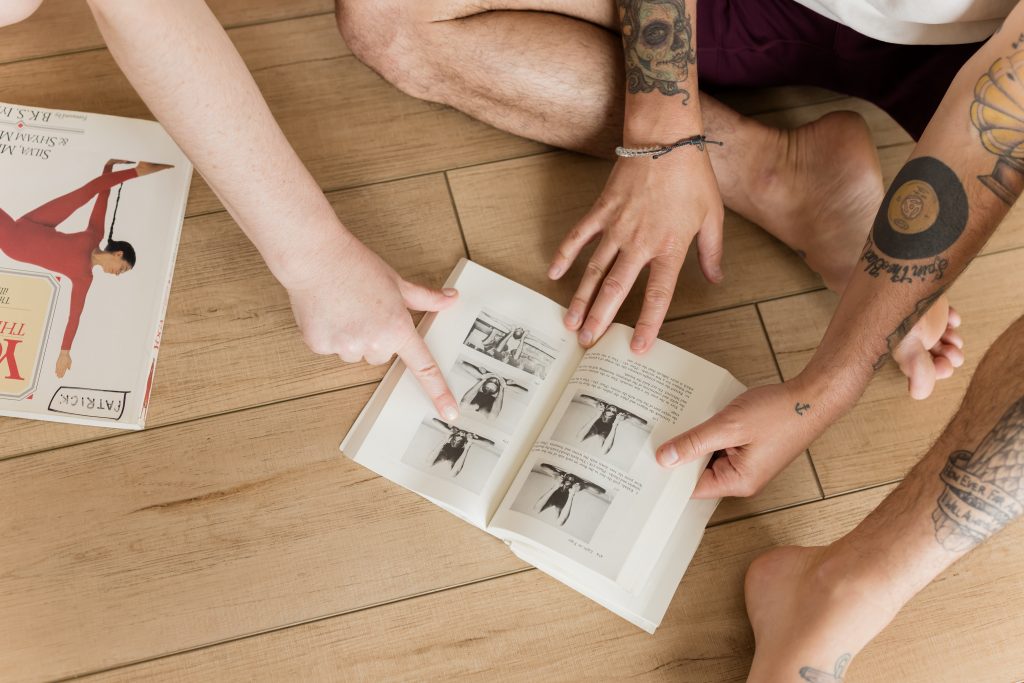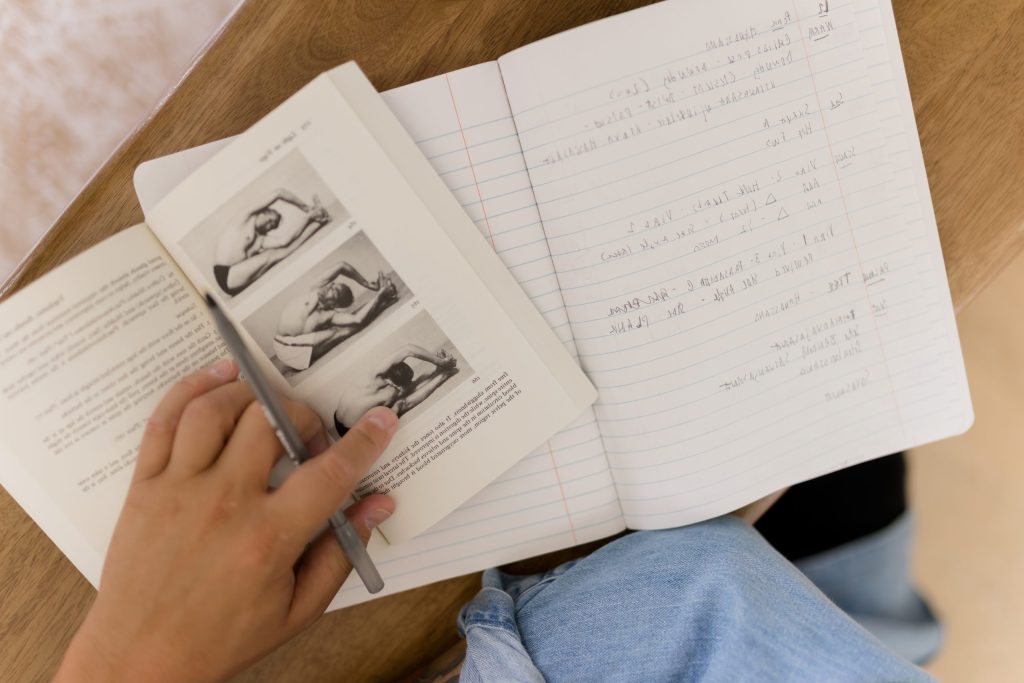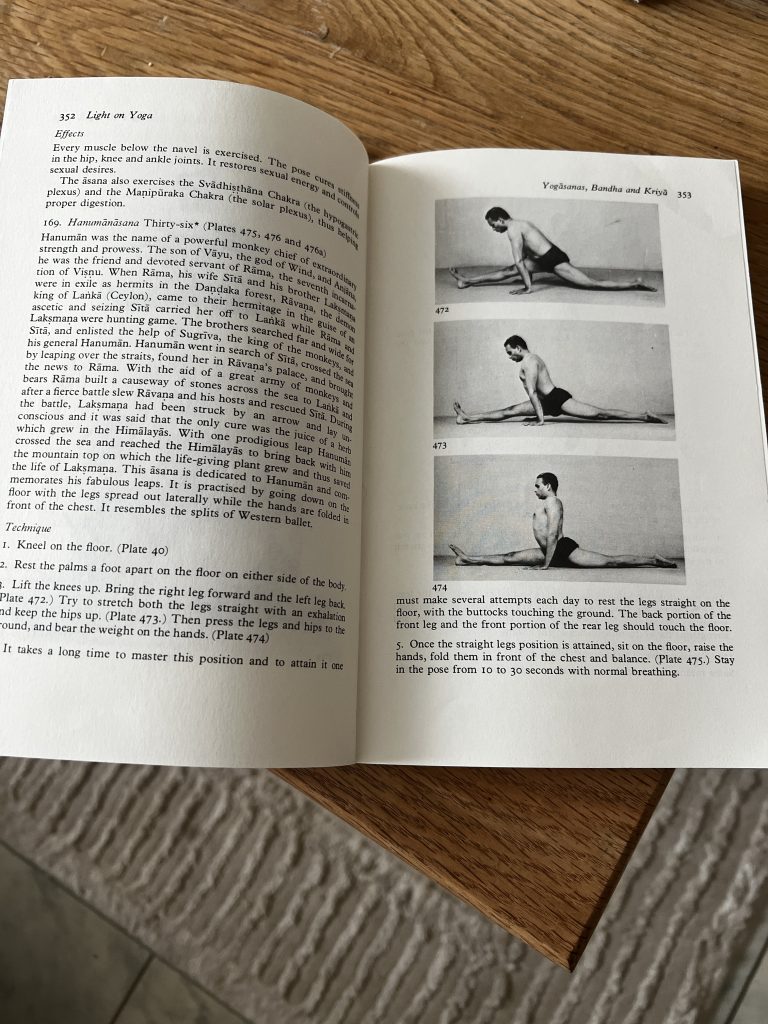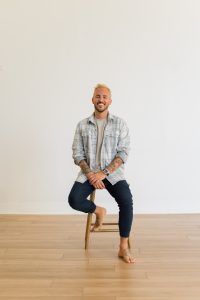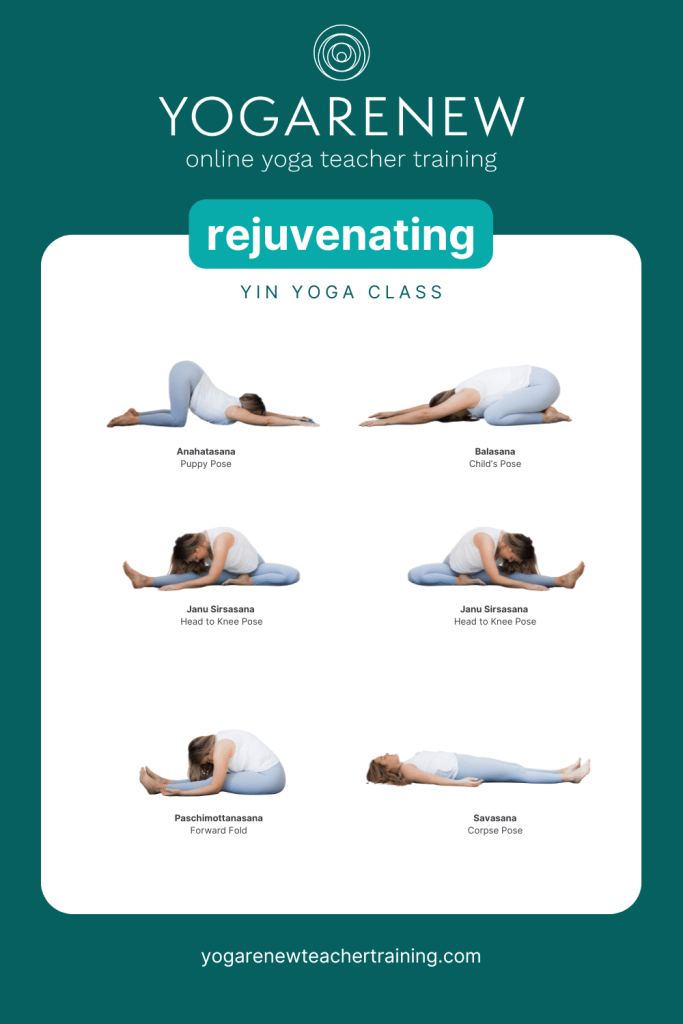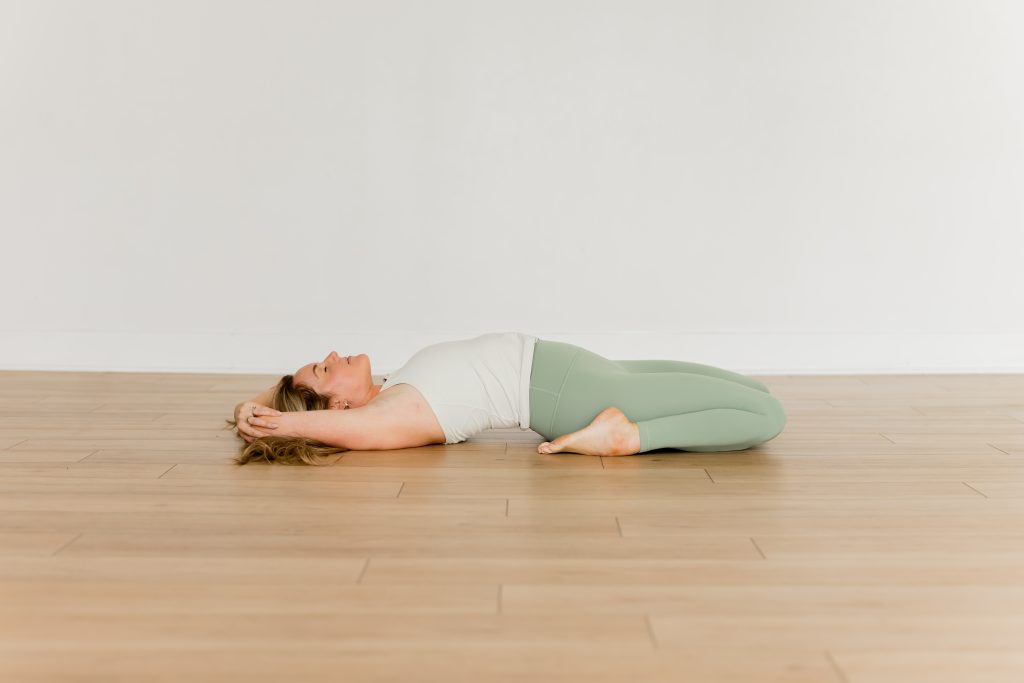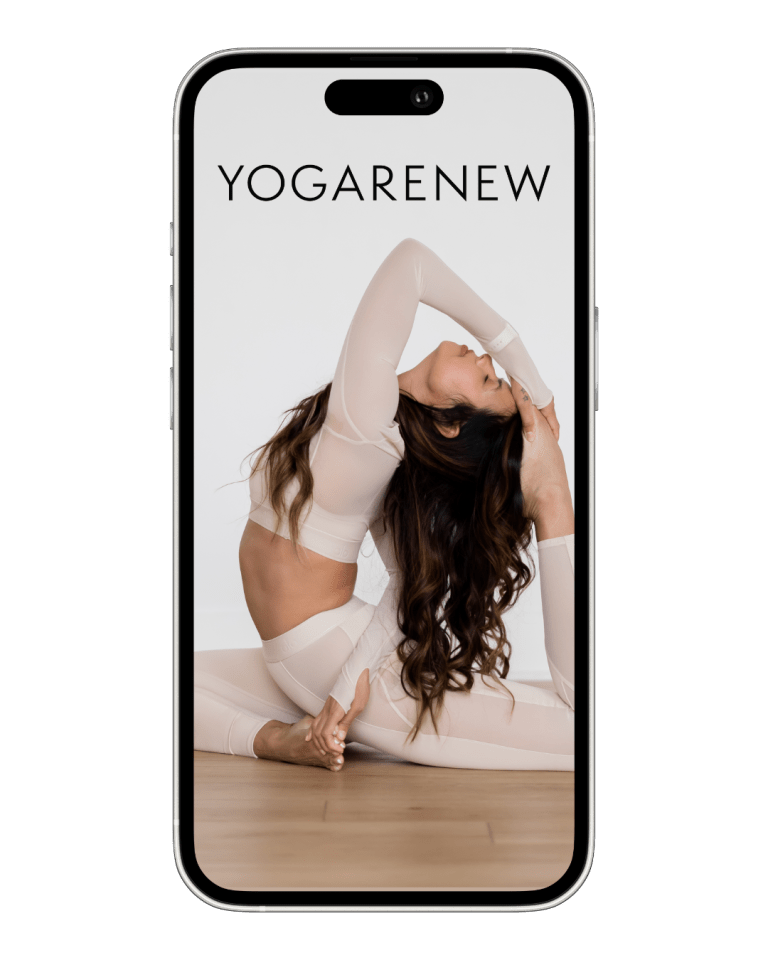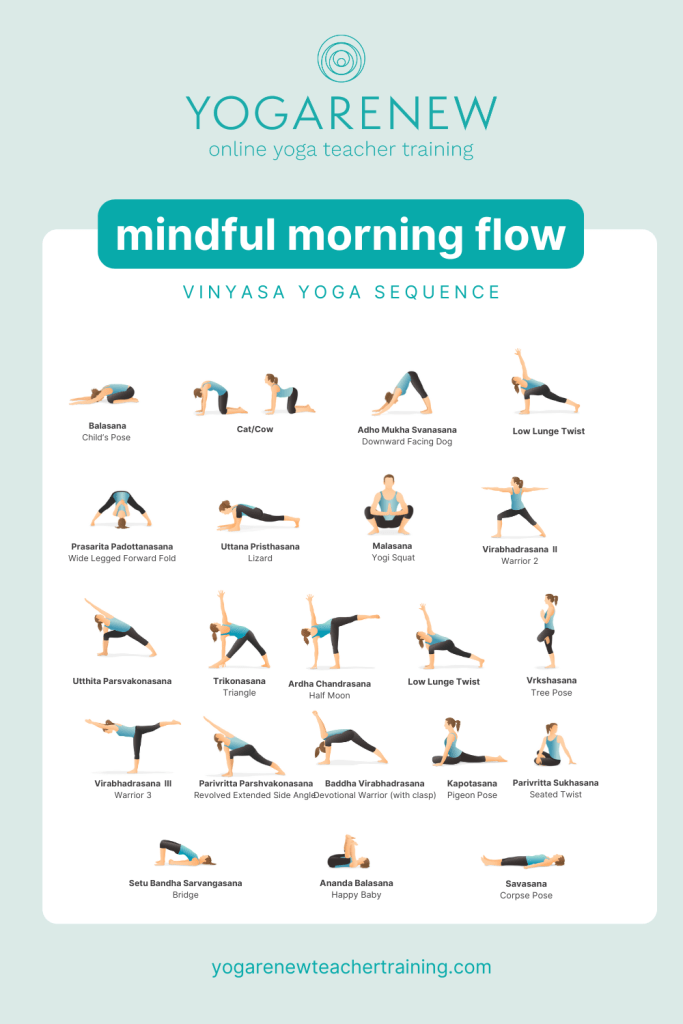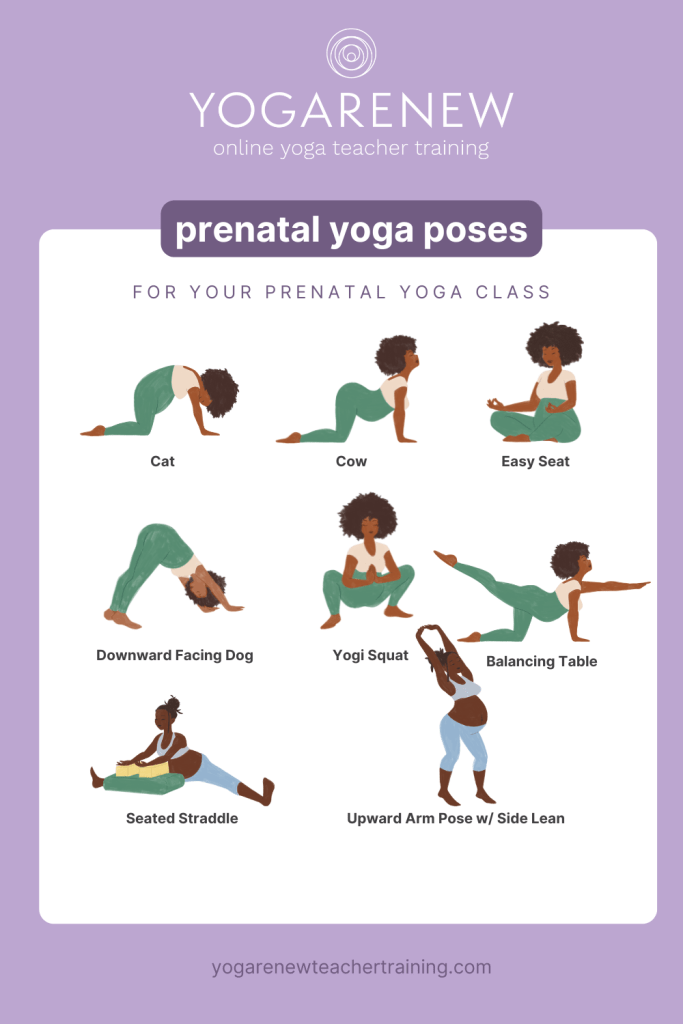
Pregnancy is a transformative time in life, and taking care of your body and mind is more important than ever. One of the best ways to stay strong, flexible, and centered during pregnancy is through prenatal yoga. Specifically designed to support expecting expecting parents, these prenatal yoga poses can help reduce stress, ease common aches, and prepare your body for labor.
In this article, we’ll explore eight safe and effective prenatal yoga poses you can practice at home or in a class setting. Whether you’re in your first trimester or nearing delivery, these poses will help support your pregnancy journey.
*These poses are recommended but you should always consult with your healthcare provider and birthing expert to know how to move safely in your specific body.
Cat-Cow Pose (Marjaryasana-Bitilasana)
This gentle spinal flow is a favorite among prenatal yoga practitioners.
Benefits:
- Improves spinal flexibility
- Eases lower back pain
- Encourages optimal fetal positioning
How to:
- Start on all fours with hands under shoulders and knees under hips.
- Inhale as you arch your back (Cow Pose), lifting your tailbone and head.
- Exhale as you round your spine (Cat Pose), tucking your chin and pelvis.
- Flow with your breath for 5–10 rounds.
Tip: Keep your movements slow and deliberate, tuning into your baby and your breath.
Easy Seat (Sukhasana)
Also known as a simple cross-legged position, Easy Seat offers grounding and peace.
Benefits:
- Promotes calm and stillness
- Encourages good posture
- Great for breathwork and meditation
How to:
- Sit cross-legged on a cushion or yoga block.
- Lengthen your spine and place your hands on your knees.
- Close your eyes and take deep, steady breaths for 2–5 minutes.
Tip: Use props to support your hips and knees for extra comfort.
Downward Facing Dog (Adho Mukha Svanasana)
Though often modified in later trimesters, this classic yoga pose can still be beneficial when practiced with care.
Benefits:
- Relieves back and shoulder tension
- Stretches hamstrings and calves
- Improves circulation
How to:
- From hands and knees, lift your hips up and back, creating an inverted V-shape.
- Keep your knees slightly bent to protect the lower back.
- Hold for 3–5 breaths, then rest in Child’s Pose.
Tip: Avoid if you feel dizzy or fatigued, especially in the third trimester.
Yogi Squat (Malasana)
A deeply grounding pose, the yogi squat opens the hips and strengthens the pelvic floor.
Benefits:
- Opens hips and groin
- Prepares pelvis for childbirth
- Builds lower body strength
How to:
- Stand with feet slightly wider than hip-width.
- Bend your knees and lower your hips into a deep squat.
- Bring your palms together at your heart and press your elbows into your knees.
Tip: Use a block or bolster under your seat for support if needed.
Balancing Table Pose (Dandayamana Bharmanasana)
This balancing pose strengthens your core and improves coordination, two essentials during pregnancy.
Benefits:
- Strengthens abdominal and back muscles
- Improves balance
- Enhances mind-body awareness
How to:
- From all fours, extend your right arm forward and your left leg back.
- Hold for 3–5 breaths, then switch sides.
- Keep your hips square and avoid overarching your back.
Tip: Keep your gaze down to maintain balance and reduce neck strain.
Seated Straddle Pose (Upavistha Konasana)
This pose is a gentle way to stretch the legs and release tension in the lower back.
Benefits:
- Stretches inner thighs and hamstrings
- Eases pelvic tension
- Encourages relaxation
How to:
- Sit on the floor with legs extended wide apart.
- Place your hands on the floor or blocks in front of you.
- Gently fold forward while keeping your spine long.
Tip: Sit on a folded blanket to support the pelvis and reduce strain.
Upward Arm Pose with Side Lean (Urdhva Hastasana Variation)
A beautiful way to open the side body and make space for your growing baby.
Benefits:
- Expands the ribcage
- Improves breathing capacity
- Relieves tension in shoulders and sides
How to:
- Sit or stand tall and reach both arms overhead.
- On an exhale, gently lean to one side, keeping both sit bones grounded.
- Inhale back to center and repeat on the other side.
Tip: Keep shoulders relaxed and down, away from your ears.
Practicing Prenatal Yoga Poses
Prenatal yoga is not just about flexibility—it’s a holistic practice that nurtures your body, mind, and baby. These eight prenatal yoga poses can be adapted to fit your trimester and personal comfort level. Always listen to your body and consult your healthcare provider before starting any new fitness routine during pregnancy.


